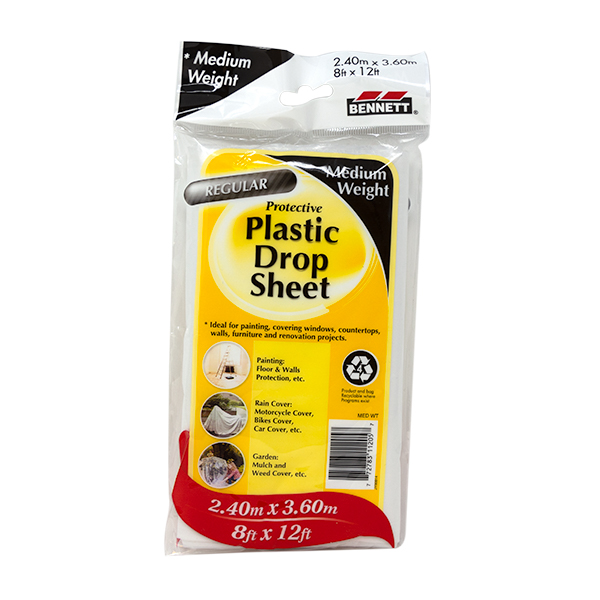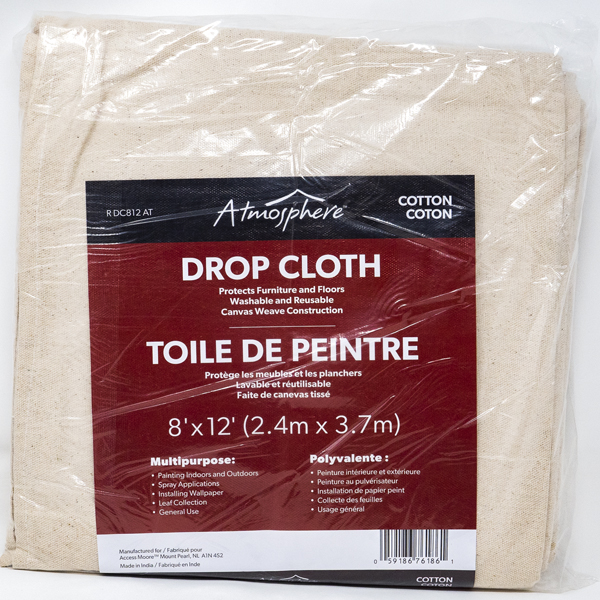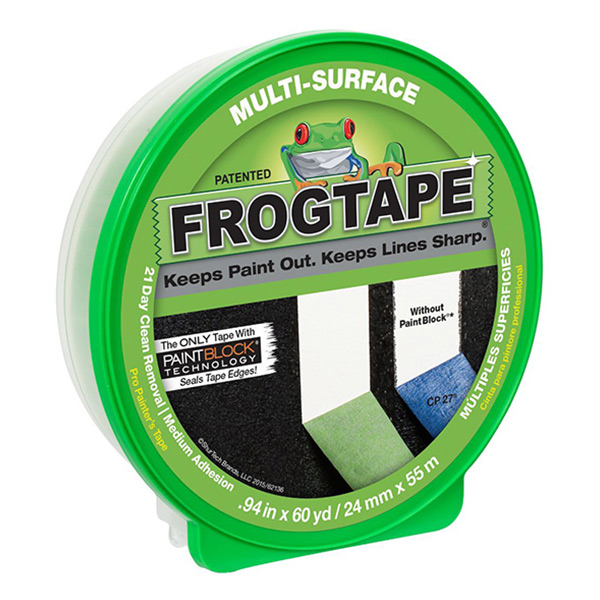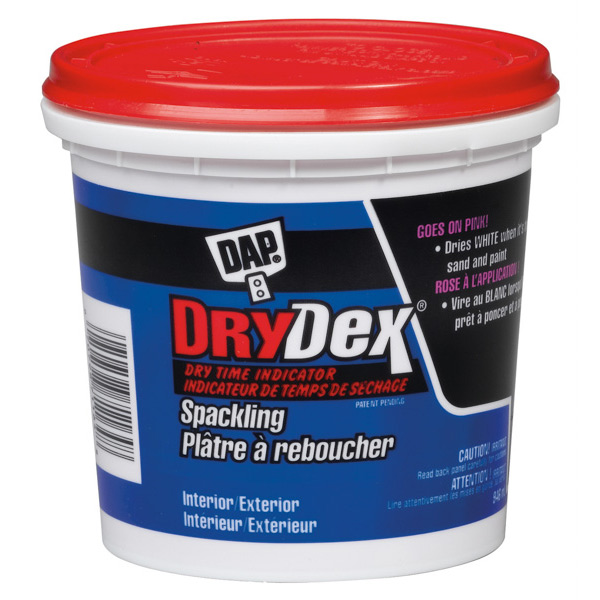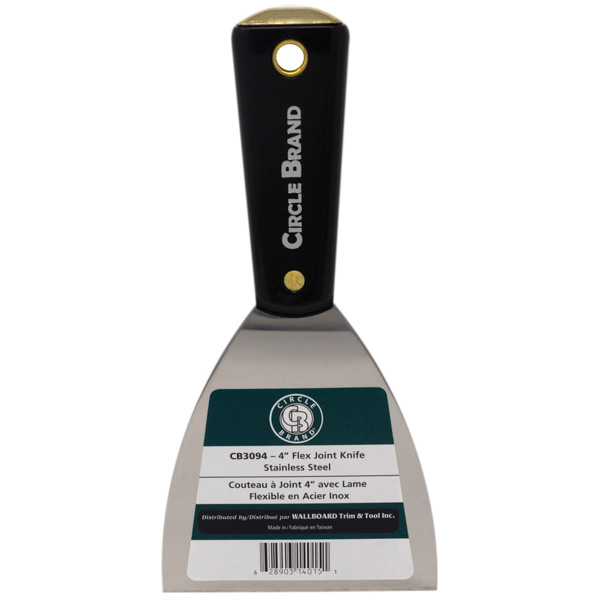We know you’re excited to get started, but before you dig in, take a few minutes to follow these few easy steps. Prepare your room for painting and you will be thankful you did after the very first “oops”.
 Step 1: Cover Your Assets
Step 1: Cover Your Assets
Move lighter furnishings and furniture out of the room. Move the heavy furniture to the center of the room, and cover it with a plastic sheet or canvas drop cloth. Use masking tape or painter’s tape to secure the drop cloth or plastic sheet.
 Step 2: Doors, Walls, Windows
Step 2: Doors, Walls, Windows
You may wish to remove the doors to gain better access for painting the trim, or you may want to leave the door in place to have full access to all sides.
Remove photographs, artwork, and the hardware used to hang them. Dab a bit of hole filler in the nail holes for a fresh, clean surface, if you have no plans to rehang the pieces.
Remove window coverings, drapes, blinds, curtains, or other window coverings. If you have a fireplace, cover it with clear plastic sheeting or a drop cloth and then secure it with painter’s tape.
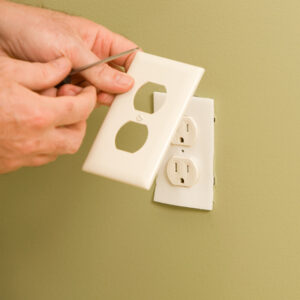 Step 3: Safety First
Step 3: Safety First
Remove all electrical outlet covers and switch plates. Have a designated container handy to put them all in. Otherwise, now matter how careful you might be, you’ll be guaranteed to lose a screw.
With plates removed, cover the exposed outlets and switches with painter’s tape. For added safety, turn off the plugs at the breaker if it won’t leave you in the dark.
Light fixtures should be removed or loosened enough to paint behind them. Or, you can mask them with painter’s tape as protection.
 Step 4: Tape It Up
Step 4: Tape It Up
Cover the entire floor with drop cloths or dust sheets. It helps to even adhere it to the floor with wide painter’s tape. Be sure that half the tape is affixed to the drop cloth and the other half is taped tight against the baseboard. Rub the tape down tight, to prevent paint from seeping beneath it.
Tape off any crown, door or baseboard mouldings you don’t want painted.
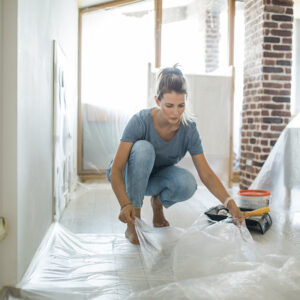 Step 5: Look Out Below
Step 5: Look Out Below
Cover the entire floor with drop cloths or dust sheets. It helps to even adhere it to the floor with wide painter’s tape. Be sure that half the tape is affixed to the drop cloth and the other half is taped tight against the baseboard. Rub the tape down tight, to prevent paint from seeping beneath it.
For carpeted floors, the same instructions apply. In this case, place more of the tape surface against the baseboard, so you’ll have enough to tuck down under the carpet edge with a scraper blade.
Now, there should be nothing left to do but paint.
Ready? Set…
More questions? Feel free to drop by your local Paint Shop for more expert advice. Find a store near you >>


